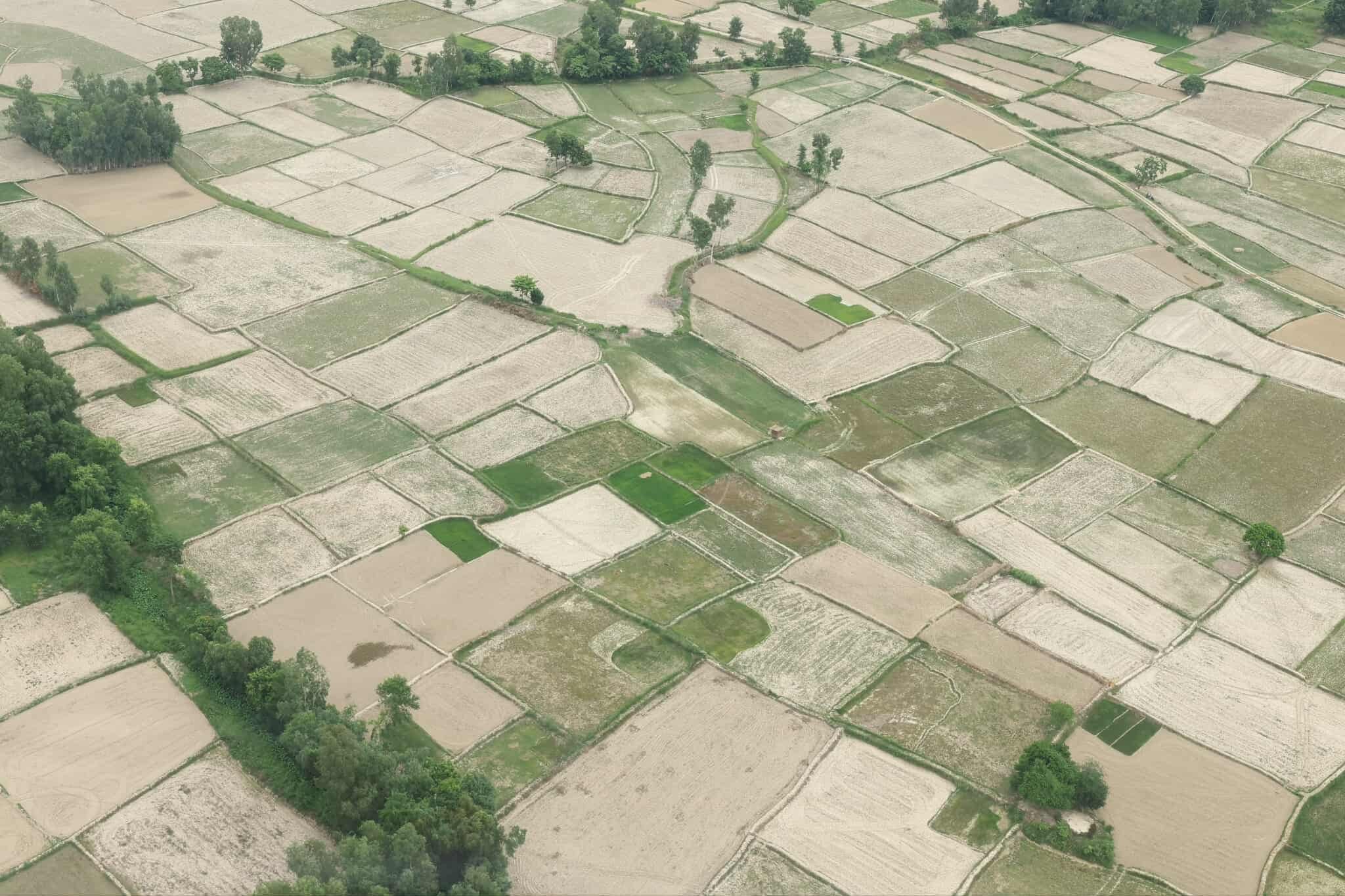

Pragati Dhakal/RSS
KATHMANDU: Madhes Province has been officially declared a crisis-ridden zone following a prolonged drought. The delayed monsoon has severely disrupted daily life, resulting in an acute shortage of water both for drinking and agricultural purposes.
However, there has been a glimmer of hope. Since Sunday, light to moderate rainfall has begun across almost all parts of the country, offering much-needed relief to farmers who have been anxiously waiting to begin plantation.
According to the Ministry of Agriculture and Livestock Development, around 50 percent of rice farming in Nepal depends on monsoon rainfall. The current drought especially severe in the eight districts of the Terai/Madhes is expected to significantly reduce rice production this year. Although the rainfall is still light to moderate, it has brought a relief to the agricultural community.
Amidst these challenges, Director General of the Department of Agriculture, Prakash Kumar Sanjel, stated, “The Department is mulling alternative crop production if the adverse conditions for paddy transplantation continue beyond mid-August. We recently concluded a field visit to Madhes to assess the impact of the drought on agriculture and explore viable solutions.”
He added that immediate efforts would focus on repairing canal systems, shallow tube-wells, and deep boring systems to expand irrigation access for rice transplantation. Due to the prolonged drought, rice seedlings have dried up, and cracks formed in the paddy fields.
If sufficient rainfall does not occur soon, rice transplantation in Madhes is expected to decline significantly, leading to a considerable drop in production.
According to the fresh Agricultural and Livestock Diary, the agriculture sector contributes 24.1 percent to the country’s Gross Domestic Product (GDP) and employs 50.4 percent of the population. Madhes Province alone accounts for 16.25 percent of the country’s total paddy field.
The province has 542,580 hectares of arable land, with rice cultivation taking place in 502,244 hectares.